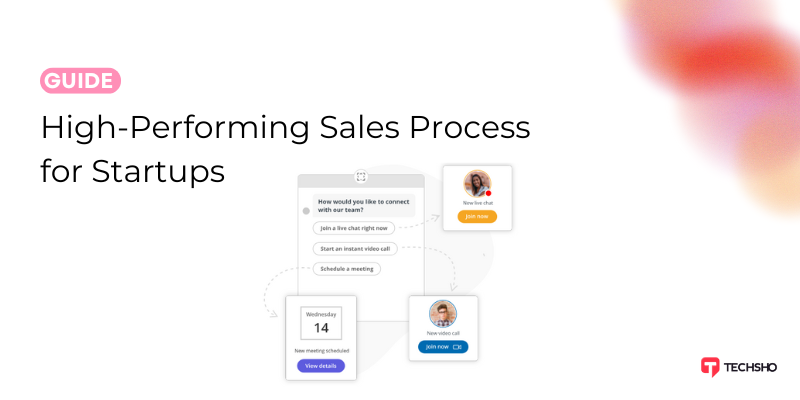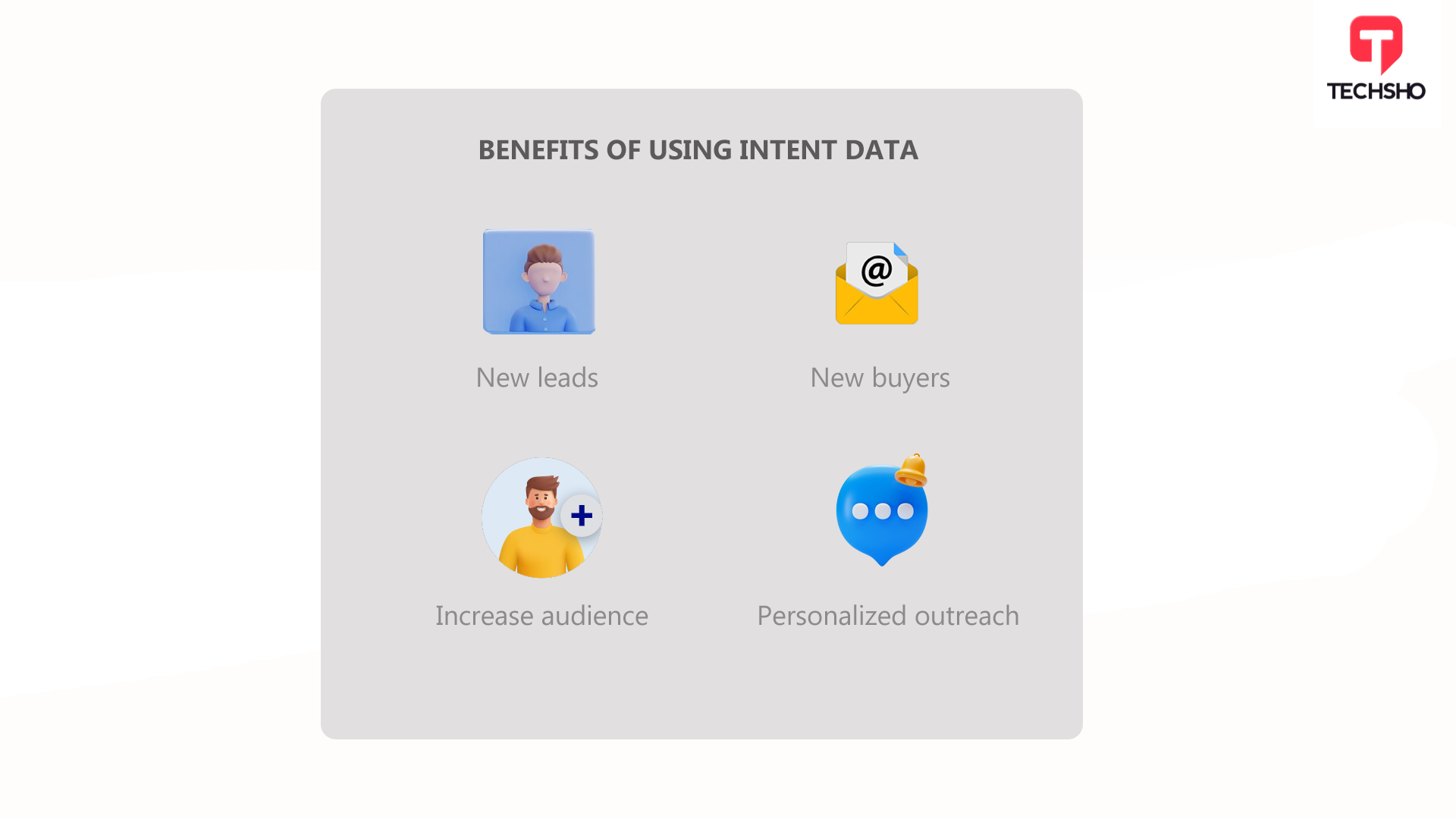
How to Create a High-Performing Sales Process for Your SaaS Startup
Building a successful SaaS startup from the scratch is no small feat, and your sales process can literally make or break the deal. If you’re struggling to set up a sales process that delivers real results, you’re not alone. Many SaaS founders face this challenge and that’s why we facilitate this process for them. This mini guide is here to help you create a high-performing sales process that drives growth and success for your new venture. Let’s get started!
Why a Sales Process Matters?
A solid sales process is vital for several reasons:
- Predictability: It provides a structured approach to converting leads into customers, making your sales efforts more predictable and manageable.
- Scalability: A well-defined process allows you to scale your sales efforts effectively as your startup grows.
- Efficiency: Streamlining your sales process reduces wasted time and resources, ensuring your team focuses on high-impact activities.
Did you know that having a structured sales process increases win rates by 15%?
Step 1: Define Your Ideal Customer Profile (ICP)
Your sales process starts with knowing exactly who you’re targeting. This involves defining your Ideal Customer Profile (ICP).
- Demographics: Identify the industry, company size, geographic location, and other relevant characteristics of your ideal customers.
- Pain Points: Understand the specific problems your product solves for these customers.
- Decision-Making Process: Learn who the key decision-makers are and what their buying process looks like.
Step 2: Build a Strong Value Proposition
Your value proposition is a clear statement that explains how your product solves your customers’ problems, delivers specific benefits, and why it’s better than the competition.
- Clarity: Make sure your value proposition is easy to understand.
- Relevance: Tailor it to address the most pressing needs of your ICP.
- Differentiation: Highlight what sets your product apart from the competition.
Stand out by selling differently, study your competitors’ tactics and come up with something even better.
Ureed Akbar – CEO @ Techsho
Step 3: Develop a Lead Generation Strategy
A consistent and reliable flow of high-quality leads is crucial for a successful sales process. There are several methods to generate leads:
- Inbound Marketing: Create engaging and insightful content such as blog posts, short videos, lead magnets in general, to attract potential customers to you.
- Outbound Sales: Use targeted outreach such as cold emails, cold calls, and LinkedIn messages to reach out to potential customers.
- Partnerships and Referrals: Develop partnerships with complementary businesses and encourage referrals from satisfied customers.
Step 4: Scoring Your Leads
Not all leads are equal. Qualifying (or scoring) your leads ensures your sales team spends their time on prospects who are most likely to convert. Choose quality over quantity always.
- BANT (Budget, Authority, Need, Timing): Use the BANT framework to assess whether a lead has the budget, authority to make decisions, a need for your product, and the appropriate timing.
- Lead Scoring: Implement a lead scoring system based on demographic and behavioral data to prioritize leads. Learn how to set up a lead scoring system for free.
“Sales teams that use lead scoring see a 20% increase in lead conversion rates.” — Forrester Research
Step 5: Create a Sales Funnel
A sales funnel visualizes the stages a prospect goes through from becoming aware of your product to making a purchase. The key stages typically include:
- Awareness: Prospects become aware of your product through marketing or outbound efforts.
- Interest: Prospects express interest and want to learn more.
- Consideration: Prospects had previous meetings with you and are evaluating your product.
- Decision: Prospects decide to purchase your product.
- Retention: Focus on keeping the customer happy and engaged post-purchase or even upsell.
Step 6: Sales Enablement Materials
Equip your sales team with the right tools and materials to effectively communicate your product’s value and close deals.
- Case Studies: Showcase how your product has solved problems for other customers.
- Sales Decks: Create presentations that highlight key features and benefits.
- Demo Scripts: Develop scripts for product demonstrations that address common objections and pain points.
- Tech Stack: Purchase sales enablement tools that will help you and your team with daily tasks such as lead generation, calling, LinkedIn and email outreach. If you need help choosing the right tool for your needs, consider reading this article.
“Companies with effective sales enablement see a 49% win rate on forecasted deals.” — CSO Insights
Step 7: Implement a CRM System
A CRM system helps you manage interactions with prospects and customers, track sales activities, and streamline your sales process.
- Lead Management: Track and manage leads from initial contact to conversion.
- Pipeline Management: Visualize and manage your sales pipeline to ensure deals move smoothly through each stage.
- Analytics: Use CRM analytics to gain insights into your sales performance and identify areas for improvement.
Step 8: Train Your Sales Team
Continuous training and development are crucial for your sales team to stay sharp and effective.
- Product Training: Ensure your team fully understands your product and its benefits.
- Sales Techniques: Train your team on effective sales techniques, including objection handling and closing strategies.
- Role-Playing: Conduct regular role-playing sessions to practice and refine sales pitches. For instance, Hyperbound is a great tool if you want a more realistic roleplay to train your SDRs – they simulate AI buyers customized for your target persona so you can improve your pitch.
Step 9: Monitor and Optimize Your Sales Process
Regularly review your sales process to identify what’s working and what’s not. Use data and feedback to make adjustments.
- KPIs: Track key performance indicators such as conversion rates, sales cycle length, response rate, and average deal size.
- Feedback Loop: Gather feedback from your sales team and customers to identify pain points and areas for improvement.
- A/B Testing: Experiment with different approaches to see what yields the best results.
Step 10: Focus on post-sales
A successful sales process doesn’t end with closing a deal. Ensuring customer success leads to repeat business and referrals.
- Onboarding: Provide a great onboarding experience to help new customers get started with your product.
- Support: Offer top-notch customer support to resolve issues and avoid escalations.
- Engagement: Regularly engage with customers to understand their needs and ensure they’re getting value from your product.
Conclusion
Setting up an effective sales process for your SaaS startup requires a strategic approach and continuous optimization. By defining your ICP, building a strong value proposition, developing a solid lead generation strategy, and focusing on customer success, you can create a sales process that delivers real results.





